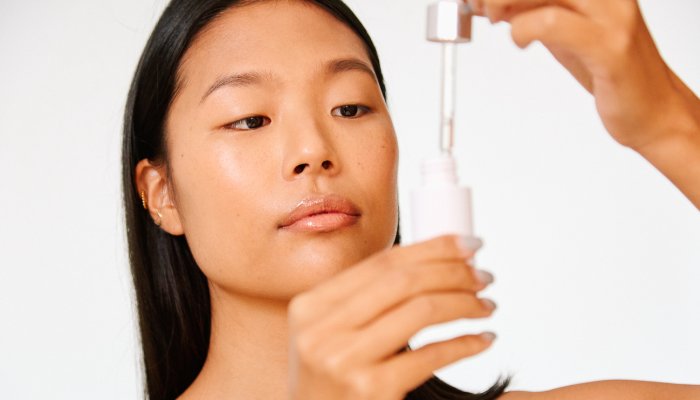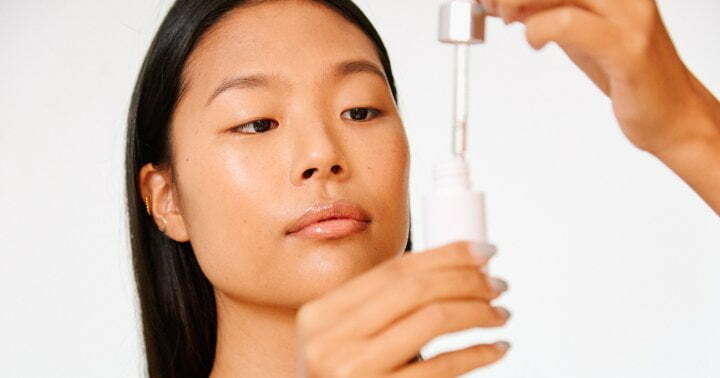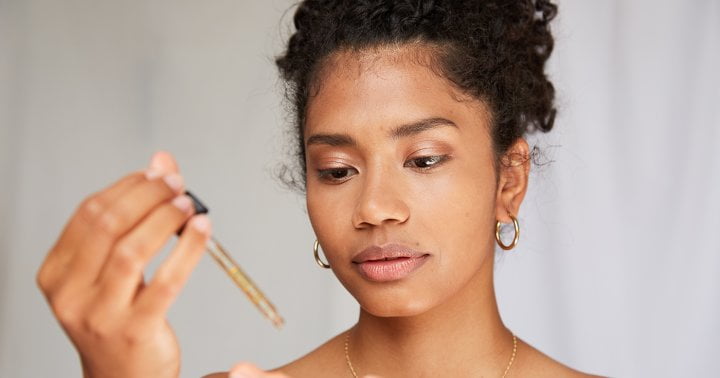Bakuchiol Oil Vs. Retinol: Which One’s Better For Skin? Hear What This Derm Says

The short answer is this: There’s absolutely credence to its moniker as the “natural alternative to retinol”—but more comparative studies need to be done, as well as larger studies on bakuchiol’s optimal concentration, usage, and mechanisms.
“Between bakuchiol and retinol, what is better for hyperpigmentation and wrinkles? There is one study—and it’s a good study—that shows if you use bakuchiol once a day and use retinol once a day for three months, you can actually see comparable results between the two groups,” says Bowe. “But that’s only one study.”
In fact, the study she’s referencing said this: In one 12-week, double-blind study, half of the participants were assigned to use a topical treatment containing 0.5% retinol at night, and the other half were assigned to use one containing 0.5% bakuchiol twice daily. Researchers found that both groups experienced significant but equal improvements in lines, wrinkles, pigmentation, elasticity, and skin firmness with an overall reduction in photo-aging. The bakuchiol group, however, experienced less dryness, scaling, and irritation—and most notably didn’t have photosensitivity, which made the twice-daily use appropriate.
And as board-certified dermatologist Keira Barr, M.D., previously told us: “Although it has no structural resemblance to retinoids, bakuchiol has been shown to function similarly to traditional retinols by targeting similar cellular pathways—activating signals that play a role in the skin’s ability to combat oxidative stress, fight free radicals, and reduce dark spots. This results in skin with smoother texture, less hyperpigmentation, improved elasticity, and fewer wrinkles.”
This article was originally published by mindbodygreen.com. Read the original article here.




